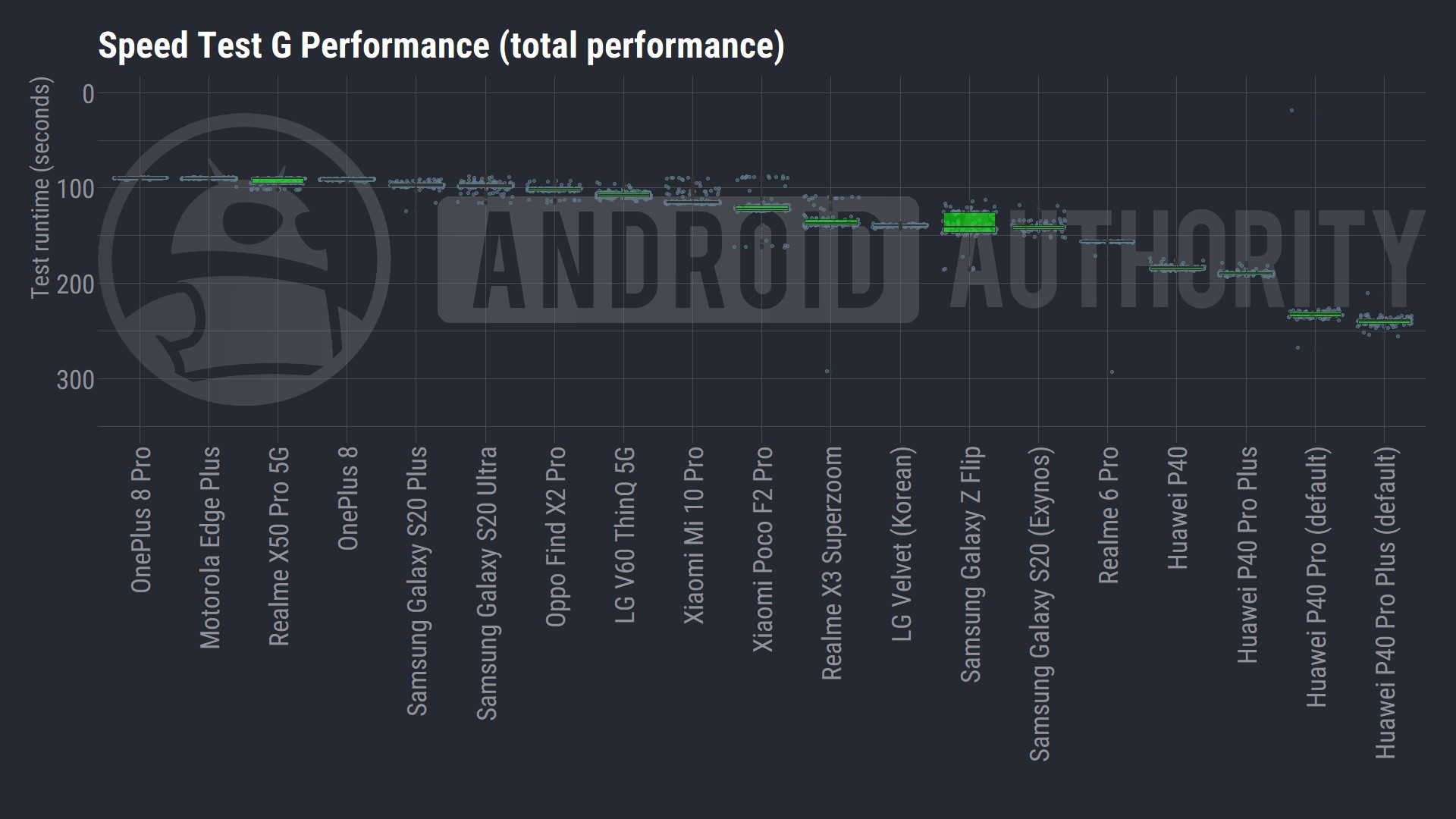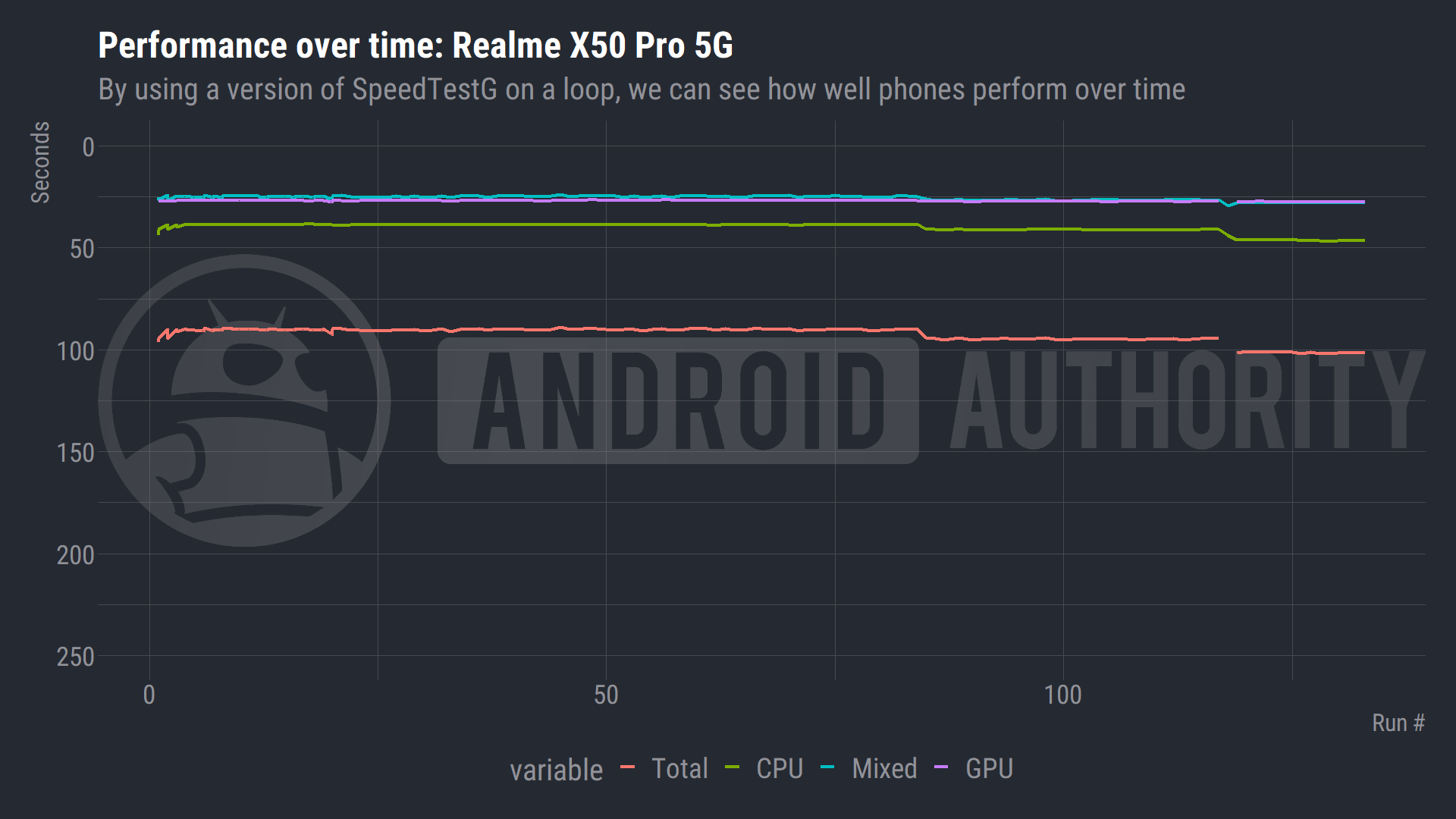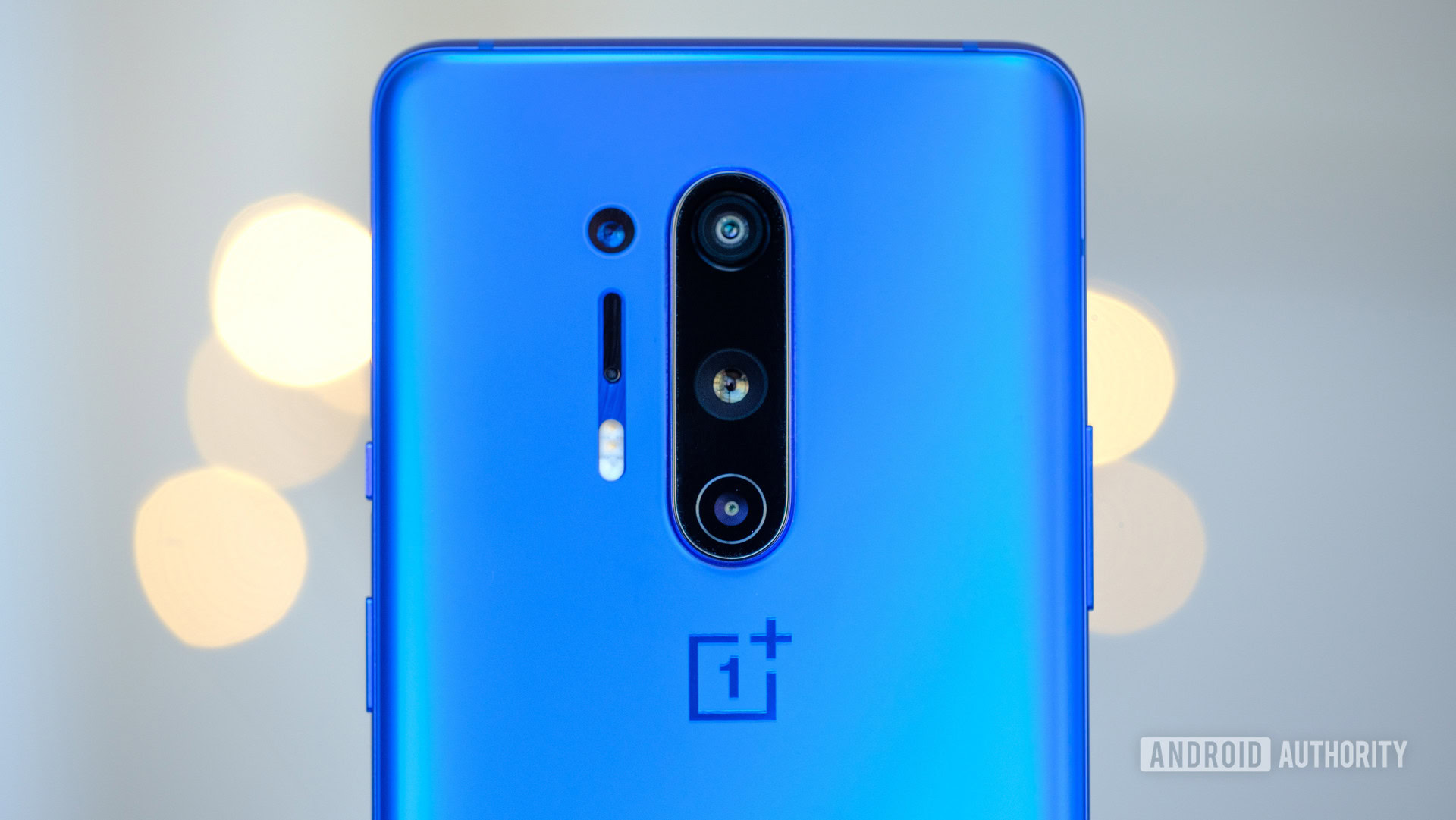Affiliate links on Android Authority may earn us a commission. Learn more.
The Best of Android: Mid-2020 — Which phone offers the best performance?
For some people, it is about the camera, for others the display or audio. But for some, it is all about performance!
This year has brought us plenty of high-performance devices based on the Snapdragon 865 processor. But Qualcomm isn’t the only processor maker for Android devices. Can HUAWEI, Samsung or MediaTek battle with Qualcomm? Is it a foregone conclusion that the Snapdragon 865 is the fastest Android processor? What about sustained performance, could that be a problem?
Those questions, and a few others, need to be answered while trying to determine which Android device offers the best performance in the first half of 2020. Join us as we test, probe, and dig into the numbers to see which device deserves the performance crown of the Best of Android: Mid-2020 awards.
Editor’s note: If you’re wondering why your favorite phone isn’t on this list, keep in mind only phones released in the first half of 2020 are here. 2019 phones and phones released after H1 2020 are not eligible for this edition of Best of Android.
What and why we test
Testing device performance can be a tricky business. The traditional way to test performance is using a benchmark like AnTuTu, Geekbench, and 3DMark. However, some benchmarks only test the CPU, others mainly the GPU. This means that a device could have a good CPU coupled with an underpowered GPU, but some benchmarks wouldn’t detect that.
Also, there is often a feeling among users that benchmarks don’t simulate “real world” use. Not to mention: Some phone makers actually cheat in benchmarks by building a mechanism into their devices that intentionally increases the clock frequencies, at the expense of battery life and excess heating, when a benchmark is running.
Typically, to get more accurate results when using traditional benchmarks we test using several different apps (AnTuTu, Basemark, Geekbench, GFXBench, and 3DMark) and then weigh the results to show the overall consensus. This way, if one device is strong according to one benchmark, but clearly middle-of-the-road according to the other, then it won’t be declared the winner.
Of course, these benchmarks don’t tell us how well a phone performs over time. Because of this and other concerns we mentioned, we added another layer: a special version of Speed Test G that runs in a loop and records the performance over several hours. We also take into account the first (and usually fastest) Speed Test G time.
By recording the performance of each test run, we can see if a device that shines when asked to do a quick sprint collapses in a heap when we ask it to run a marathon. After all, how many of you use your phone for only a few minutes a day?
There are several benefits to this kind of sustained testing strategy, namely being able to see a distribution of results, rather than one score. By compiling over a hundred test runs per phone, we can see things like how each device handles throttling, battery management, and even rule out shenanigans. It also provides us a decent sample size to control for outlier results and to see if the CPU or GPU is gumming up the works at any point.
If you’d like to know more about Speed Test G, it’s my (Gary Sims) performance testing system that takes the best parts of traditional speed tests and combines them with the benefits of benchmarks. If you want to see head-to-head races between the leading phones, then go visit the Speed Test G YouTube channel.
The results
Phase I: Looking at the raw numbers, the OPPO Find X2 Pro scored the highest AnTuTu score, followed by the realme X50 Pro 5G. The Snapdragon version of the Samsung Galaxy S20 Ultra has the best Basemark score, followed by the Xiaomi Mi 10 Pro. The Exynos version of the Samsung Galaxy S20 recorded the best Geekbench 4 single-core score, whereas the multi-core winner was the OnePlus 8, with the Samsung Galaxy S20 Ultra (Snapdragon) taking second place. Finally, the best 3DMark GPU scores came from the Motorola Edge Plus and the Samsung Galaxy S20 Ultra.
As you can see there is no clear winner and there is no one device that takes first place for multiple benchmarks. However, a few devices consistently score well, like the Samsung Galaxy S20 Ultra, OnePlus 8 series, and realme X50 Pro. To tell them apart, we turned to Speed Test G.
Phase II: For devices released in the first half of 2020, the OnePlus 8 Pro recorded the fastest initial Speed Test G 2.0 time at 1:27.4. Next comes its smaller sibling the OnePlus 8, with a time of 1:28.5, and the best time for an “S20” device was 1:28.6 by the Galaxy S20 Plus. You can watch the battle between the OnePlus 8 Pro vs Samsung Galaxy S20 Ultra and also the head-to-head between the OnePlus 8 vs OnePlus 8 Pro, both on the Speed Test G YouTube channel.
What’s clear is that Qualcomm’s Snapdragon 865 SoC is the chip of choice in 2020 so far, coming out as the clear winner ahead of Samsung’s Exynos and HUAWEI’s Kirin rivals. While these two chips hand in very competitive CPU performance, they fall behind across all of our graphics benchmarks. Particularly the Kirin 990 inside the HUAWEI P40 series. That said, they do still offer a higher level of gaming of performance than the mid-tier Snapdragon 765G found in the ZTE Axon 11 5G and LG Velvet.
By using a bit of maths and statistical analysis, the overall winner (according to the “phase I” traditional benchmarks) is the Samsung Galaxy S20 Ultra, followed very closely by the OnePlus 8 Pro and the realme X50 Pro 5G. A look at the sustained performance might help better separate these three and see if one of them is truly a winner!

Phase III: Running Speed Test G in a loop allows us to analyze the long term performance of devices as they heat up. Like before, the results are very close between the OnePlus 8 Pro, the Samsung Galaxy S20 Ultra, and the realme X50 Pro 5G. The Motorola Edge Plus is a strong contender and only didn’t make the top three, in terms of the classic benchmarks, because of a slightly lower Geekbench single-core score and a mediocre Basemark ranking. But it’s heartening to see that the Moto Edge Plus hangs tough over long periods of time.
The realme X50 Pro 5G also does well, however it has a notable performance shift over the duration of the test. It performs well initially, but over time the performance drops to a somewhat lesser level. We found this to be the case with many phones, and you can see in the box plot above that the distribution of individual results for each phone (dots) can sometimes stray far outside the green boxes containing 50% of the results.

With the realme dropping out of contention, then the battle is between the OnePlus 8 Pro and the Samsung Galaxy S20 Ultra. The Samsung Galaxy S20 Ultra is a little more erratic than the OnePlus 8 Pro, making this decision a bit easier. It doesn’t vary as much as the realme, POCO F2 Pro, or Xiaomi Mi 10 Pro, but it isn’t as consistent as the OnePlus.
The Best of Android: Mid-2020 for performance is the OnePlus 8 Pro
Taking into consideration the peak performance figures shown by the traditional benchmarks, the times from Speed Test G, and the data about sustained performance, the winner of the Best of Android: Mid-2020 Performance award is the OnePlus 8 Pro.


The deciding factor with the OnePlus 8 Pro was its rock-steady sustained performance. No fuss, no erratic behavior, just consistent performance at a very high level. It is also worth noting that the vanilla OnePlus 8 performs almost as well as its bigger sibling. If you had to choose between the Pro and the non-Pro version, you need to consider the other differences, because performance is extremely close.
Runners up and worthy mentions
It was a close call this time around and all of the leading Snapdragon 865 devices offer excellent performance. The runners up in this category are the Samsung Galaxy S20 Ultra and the Motorola Edge Plus. The performance of the realme X50 Pro 5G is certainly worth highlighting, along with the OPPO Find X2 Pro. However, they aren’t as consistent as the OnePlus, Motorola, or Samsung devices.
More from Best of Android: Mid-2020
Revisit the Best of Android: Mid-2020 awards for each category: